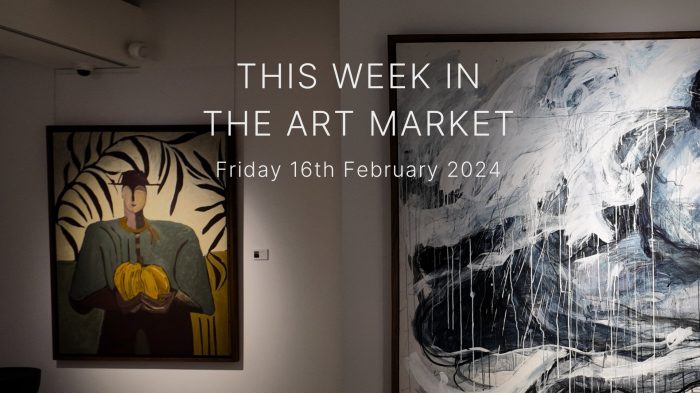“The value of art is in the observer.” – Agnes Martin
One of the few accessible ways of collecting fine art starts from the print market. A unique painting by David Hockney may be out of reach, but interested parties can still opt to own a limited edition print for a fraction of its price.
Moreover, prints by famous artists such as Warhol and Jasper Johns have rocketed prices at auction, establishing value in the eyes of its collectors.
As such, here are some pointers to help you assess an art print’s value so as to make better-informed buying decisions.
Let’s take a look through the definitions
An original print is an image created by an artist from a plate, stone, block or screen. Each work has unique qualities and can vary slightly because each one is pulled individually. Therefore, an original print is rightfully considered a work of art, unlike a copy.
A reproduction (or glicee) is a copy of an original artwork. The original artwork is photographed and reproduced by an offset press in the past, usually done with inks on large format printers. It is usually less expensive because it is not a first-hand work. In most cases, the original artist is neither involved nor needed in its printing.
So while an original print may be part of a limited edition run or set, a reproduction is a copy of the original and can be mass-produced as the market demands.
How can you tell the difference when looking to purchase art?
Authentication of artwork is usually taken care of by specialists with the right tools and know-how.
Nevertheless, in the art market, there have been instances where reproductions have been passed off as original art prints. As such, understanding what to look out for is essential when trying to tell the difference.
Price & Edition Size
Due to scarcity, the smaller the edition size, the more rare, desirable and valuable a work is. Originals with a limited edition are usually priced much higher than reproductions open to printing indefinitely.
Artist’s Signature
One of the most crucial part of any artwork is the artist’s signature, stamp or seal. It is to verify the authenticity and represents the completion of work. Ultimately, an artist’s signature is a unique stamp of approval to be kept and collected. Keep a lookout for works that may have missing signatures or handwritten edition numbers!
Condition of Print
There are different types of printmaking methods such as silkscreen, intaglio, relief, digital printing, and lithography which may require the use of stone, plate, woodblock or stencil.
Made by hand, it is inevitable that slight inconsistencies may appear on one art print from another.
Over time and lack of care, paper works are vulnerable to creasing, stains, yellowing, tears and holes caused by insects. Original art prints of age may physically look older than reproduction copies. Keep an eye out for factors you sense may be amiss before your purchase. If it’s too good to be true, it probably is!
How to avoid a reproduction when you are looking for an original?
Original print series can have exceptionally high value and growth potential, so picking the right piece from a valued artist can add significant incremental value to your art portfolio. The key to this investment vehicle is to speak to an expert who may assist you in looking at artworks that are set for future appreciation within the art community.
Being able to provide a certificate of authenticity and expert industry knowledge as well as network can provide collectors with a peace of mind in their purchase.
Speak to the team today about prints, original works, fine art, contemporary and more. Contact Art Works on (65) 6557 2250 or info@artworks.com.sg today to set up an appointment.








